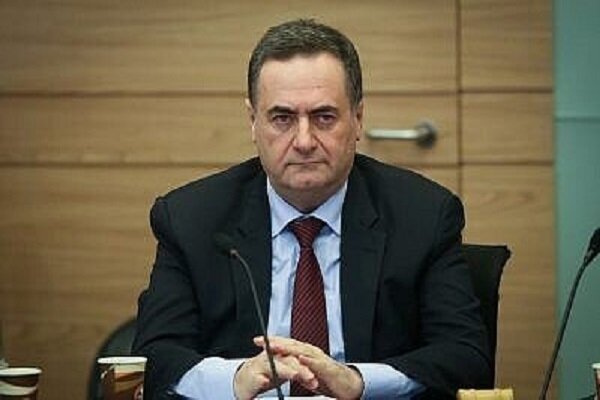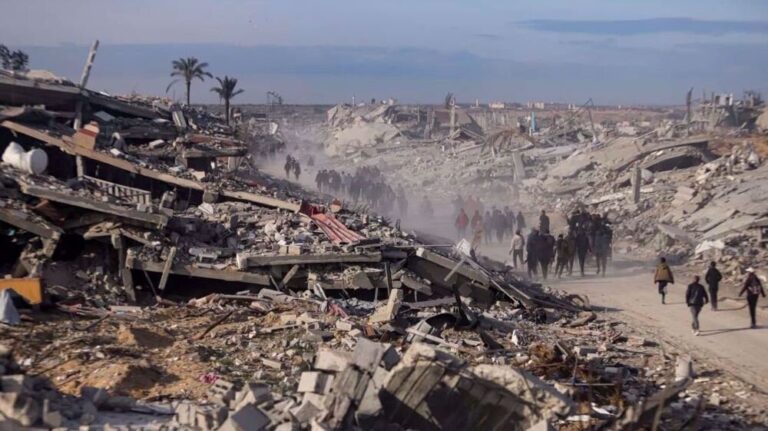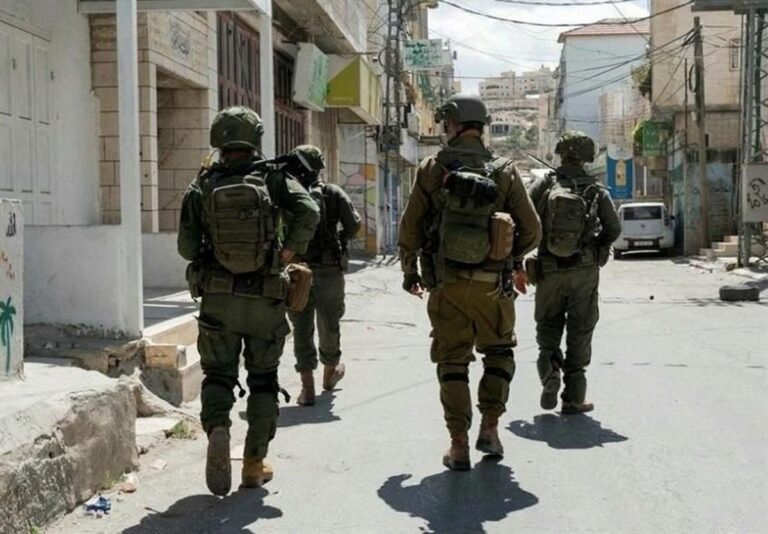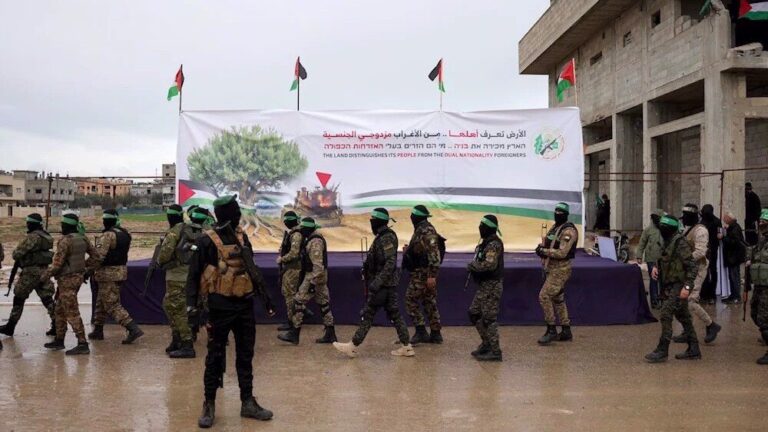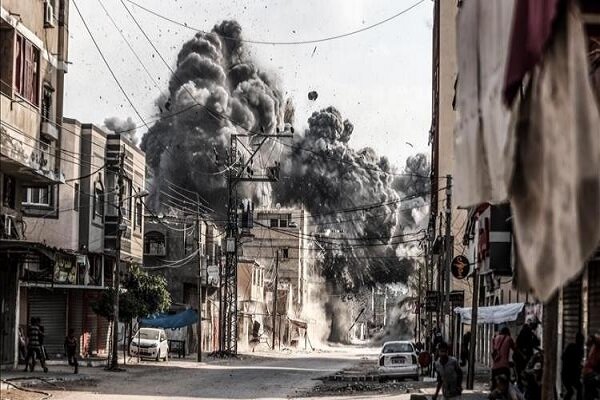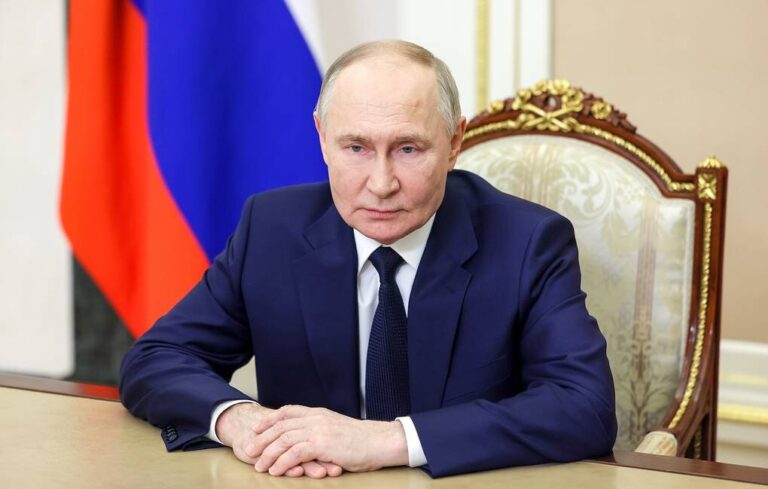Israeli Forces Set for Indefinite Presence in Syrian Territory: What It Means for Regional Stability
In a recent visit to the Syrian side of Mount Hermon, Israeli military chief Israel Katz announced that the Israeli military forces will maintain their presence at the summit and within the security zone indefinitely. This move aims to ensure the safety of communities in the Golan Heights and the northern regions, as well as all residents of the Israeli-occupied territories. This declaration has significant implications for the ongoing tensions in the region.
Mount Hermon, referred to as Jabal al-Shaykh in Arabic, is a prominent mountain range located along the Syria-Lebanon border. The peak offers a strategic vantage point, overlooking both the Damascus countryside and the Israeli-occupied Golan Heights—territory that Israel seized from Syria during the 1967 Six-Day War.
Katz emphasized that Israel would take firm action to prevent what he termed “hostile forces” from establishing a foothold in southern Syria. This statement reflects Israel’s ongoing security concerns regarding the region.
The situation has drawn widespread condemnation, particularly regarding Israel’s decision to terminate the 1974 ceasefire agreement with Syria. Critics argue that Israel is exploiting the chaos in Syria, exacerbated by the ongoing civil war and the challenges faced by President Assad, to make territorial gains.
The buffer zone in the Golan Heights was established by the United Nations following the 1973 Arab-Israeli War. This zone has been monitored by a UN peacekeeping force comprising about 1,100 troops, ensuring a level of stability and security in the area.
Recent statements from UN officials highlight the complexity of the situation. Stephane Dujarric, spokesperson for UN Secretary-General Antonio Guterres, remarked last month that the continued presence of Israeli soldiers in this zone violates the original agreement that established the buffer zone. He stated, “That agreement needs to be respected, and occupation is occupation, whether it lasts a week, a month or a year, it remains occupation.”
Here are some key points to understand regarding the current situation:
- Israeli Military Presence: The Israeli military will continue operations in the Golan Heights to ensure the security of local communities.
- Mount Hermon Significance: The mountain serves as a strategic point for surveillance and military operations overlooking critical areas.
- Hostile Forces: Israel aims to prevent hostile entities from gaining influence in the southern Syrian region.
- 1974 Ceasefire Agreement: The termination of this agreement has raised concerns about escalating tensions and military actions.
- UN Buffer Zone: Established after the 1973 war, it has been patrolled by UN forces to maintain peace and security.
As tensions rise and military activities intensify, the international community continues to monitor the situation closely. The implications for both regional stability and international relations are significant, as the conflict in Syria remains a contentious issue with far-reaching consequences.
Moreover, the Israeli government’s stance on maintaining a military presence in the Golan Heights raises questions about future peace negotiations and the potential for conflict resolution between Israel and Syria. The situation is further complicated by the involvement of various geopolitical actors in the region.
In conclusion, the ongoing military presence of Israeli forces at Mount Hermon and in the Golan Heights represents a critical flashpoint in the Israeli-Syrian conflict. With international observers highlighting the need for adherence to previous agreements and the importance of respecting sovereignty, the path forward remains fraught with challenges. The outcome of this situation could significantly influence the future dynamics of peace and security in the Middle East.
